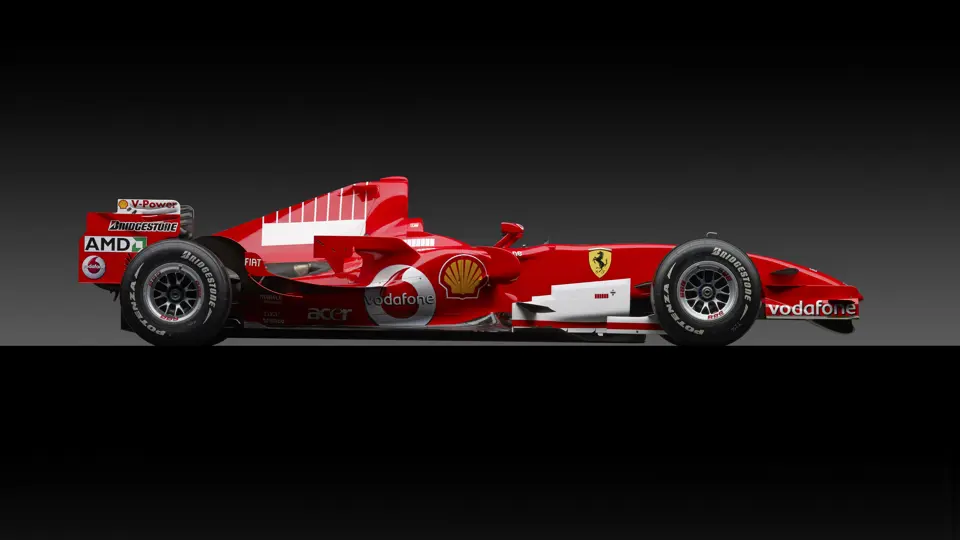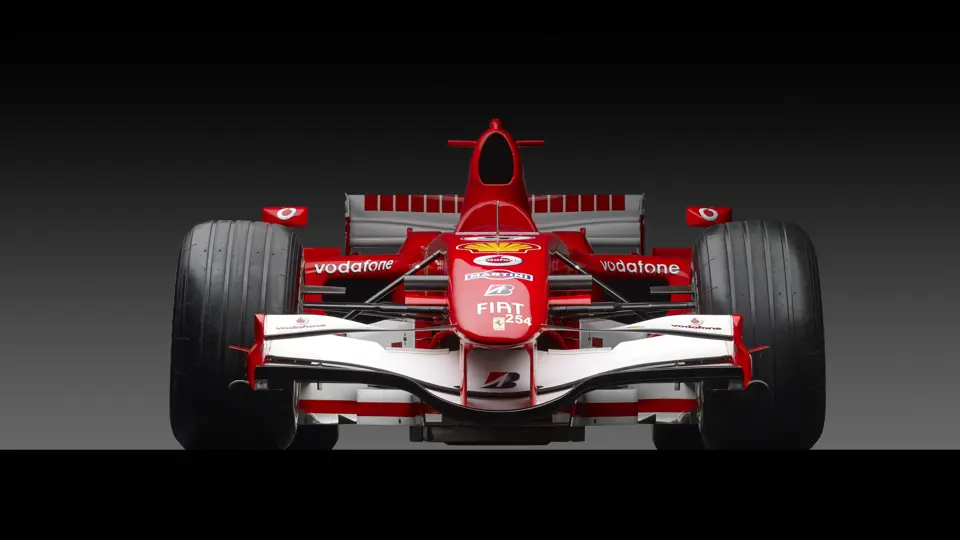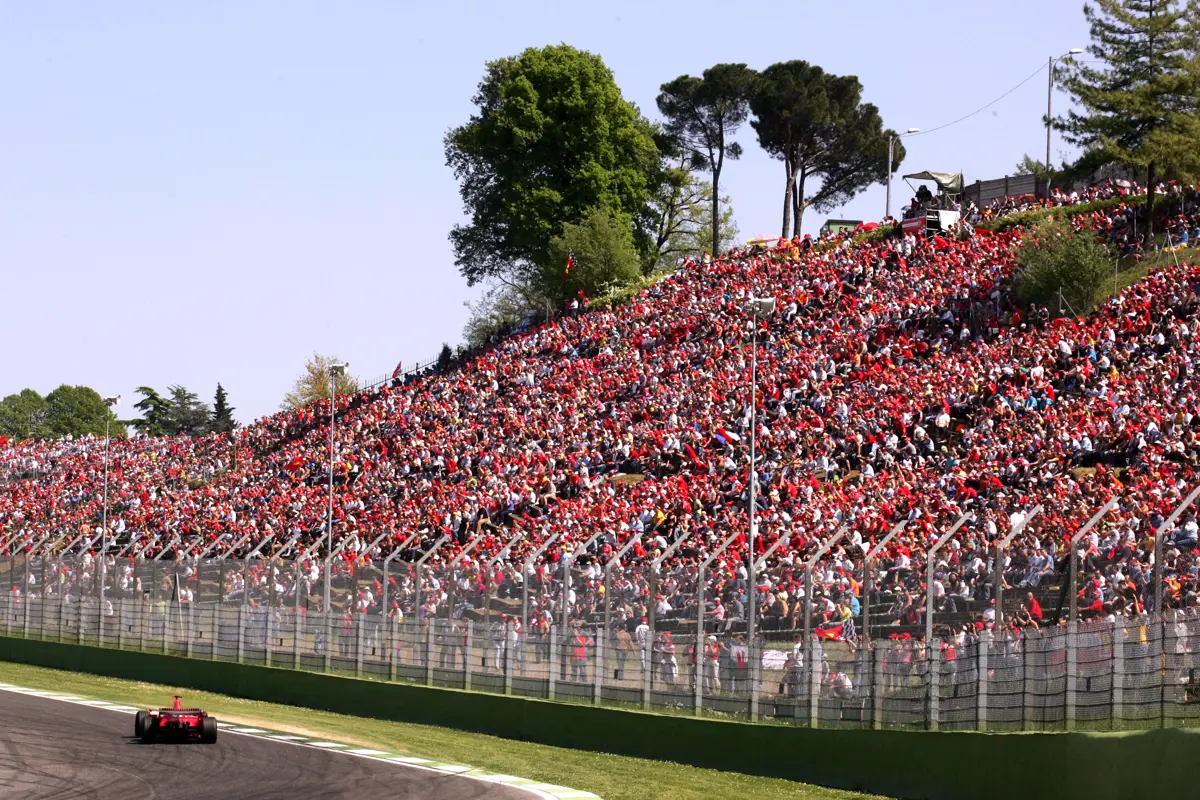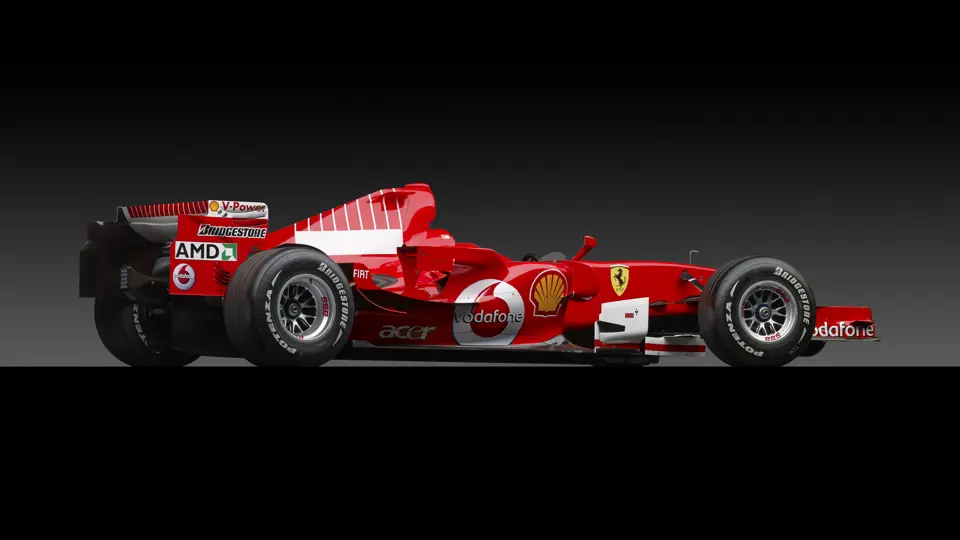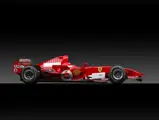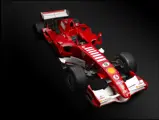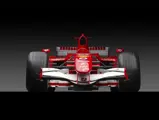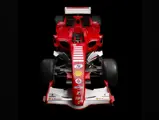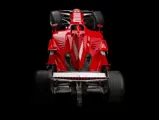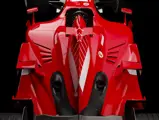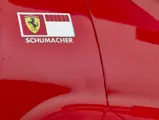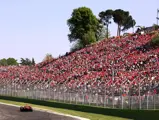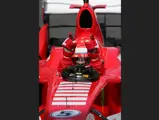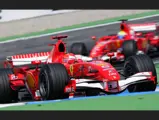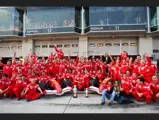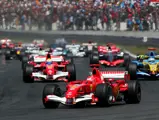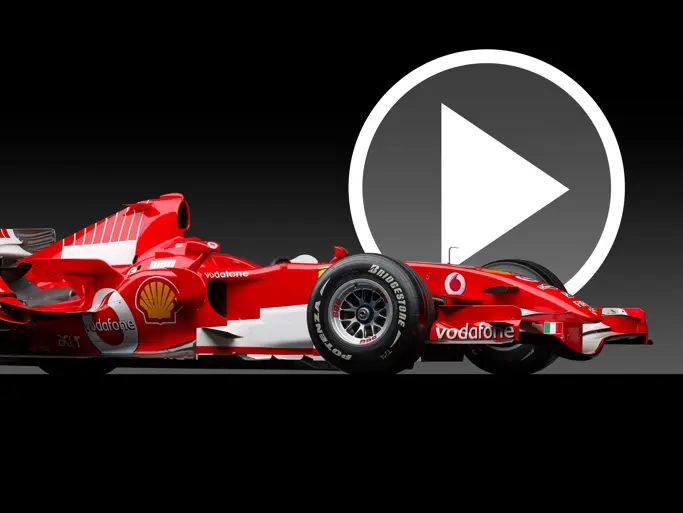Throughout the history of sport, periodic synergies between a team and one particularly gifted individual has galvanized success and changed the course of that given sport. Michael Jordan and the dominance of the Chicago Bulls in the early 1990s, Tom Brady and the reign of the New England Patriots from 2001-2018, Wayne Gretzky and the incredible success of the Edmonton Oilers in the late 1980s. Often following periods of relative mediocrity or outright drought, an organization can turn itself around in a way previously unforeseen through the profound impact of a handful of key individuals, etching their names into the history books alongside a singular noun: dynasty.
Even within Formula 1, this trend remains true. Jim Clark and Lotus, Jackie Stewart and Tyrrell, and Ayrton Senna and McLaren all being notable cases in point. Yet in terms of its duration and dominance in Formula 1, one particular collaboration stands apart from the rest: Michael Schumacher and Ferrari.
A PHOENIX FROM THE ASHES – THE RESURGENCE OF FERRARI IN THE SCHUMACHER-TODT ERA
By the early 1990s, Scuderia Ferrari had acquired an unwanted reputation as extravagantly-funded underachievers; the team without a Constructors’ World Championship since 1983, and a Drivers’ title since 1979. In response, FIAT patriarch Gianni Agnelli recruited former Ferrari Team Principal Luca di Montezemolo as Company President in 1991; the urbane and capable Piedmontese making it his personal responsibility to return the Scuderia to their winning ways.
There was one overriding question for both those outside and within the factory gates in Maranello: What would it take to return the team to the top step of the podium?
Despite di Montezemolo’s best efforts, the team remained winless throughout 1991, and the next two seasons. Indeed, by the time Gerhard Berger won the 1994 German Grand Prix, Ferrari had endured the longest victory drought in its history; a period encompassing some 59 Grands Prix, and almost four years. However, by 1993, highly-rated former Peugeot Talbot Sport Director Jean Todt had arrived at Maranello as Ferrari’s General Manager; his recruitment, at di Montezemolo’s behest, one which would have profound implications for the team over the next decade or more.
Aided by a customarily generous budget from lead sponsor Philip Morris, Todt set about assembling the automotive equivalent to the 1992 US Men’s Olympic Basketball Team; Formula 1’s own Dream Team. Incumbent double World Champion Michael Schumacher was lured from Benetton for the 1996 season, while the Anglo-Italian team’s key technical operators–Rory Byrne and Ross Brawn–followed their erstwhile colleague to Ferrari in 1997, in the roles of Chief Designer and Technical Director respectively.
If, unsurprisingly, Championship success was not immediate, then certainly race wins became a realistic prospect; Schumacher’s three victories in 1996 represented the first time Ferrari had scored multiple wins in a season since 1990. Technical knowledge and team confidence grew exponentially, with a precious World Constructors’ crown following in 1999. Yet it was the period from 2000 to 2004 which came to define the “Schumacher-Todt” era. Not only did the German win an unprecedented five consecutive World Drivers’ titles, but the team achieved a similar record in the Constructors’ Championship. Remarkably, Ferrari won more than two-thirds of the 85 Grands Prix held during this time; Schumacher alone accounting for more than half.
However, the 2005 season–the last to feature 3.0-liter V-10 engines–was a relative disappointment; a sole race victory by the recalcitrant F2005 indicative of its inability to extract maximum performance from its Bridgestone tires. Consequently, from mid-2005 onwards, Ferrari’s focus shifted towards developing a car compliant with the incoming 2.4-litre V8 engine regulations.
2006 - SCHUMACHER’S SCUDERIA SWANSONG





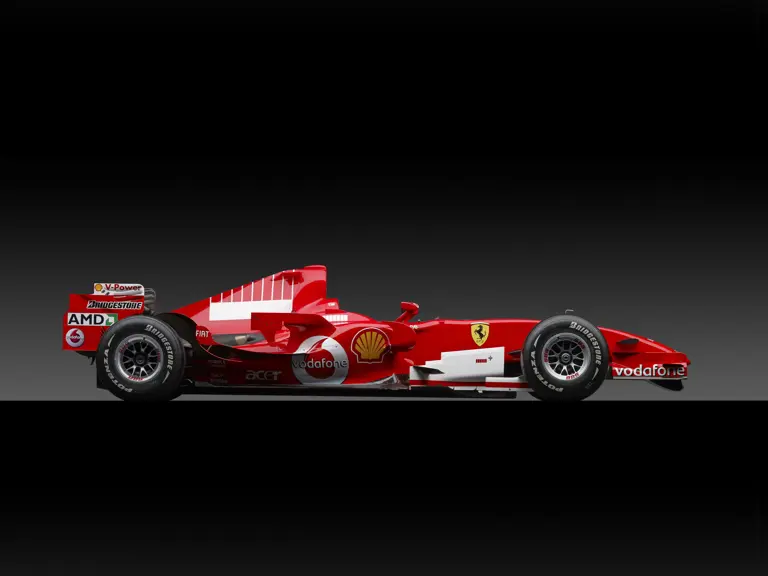
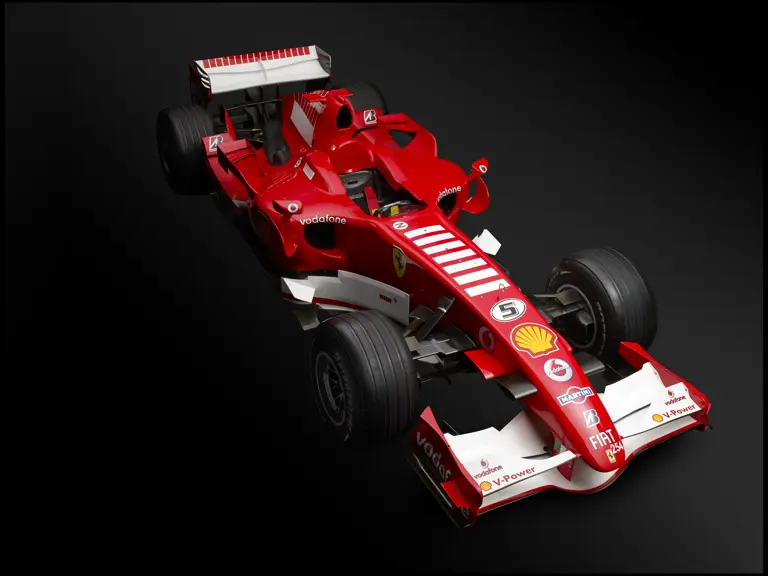

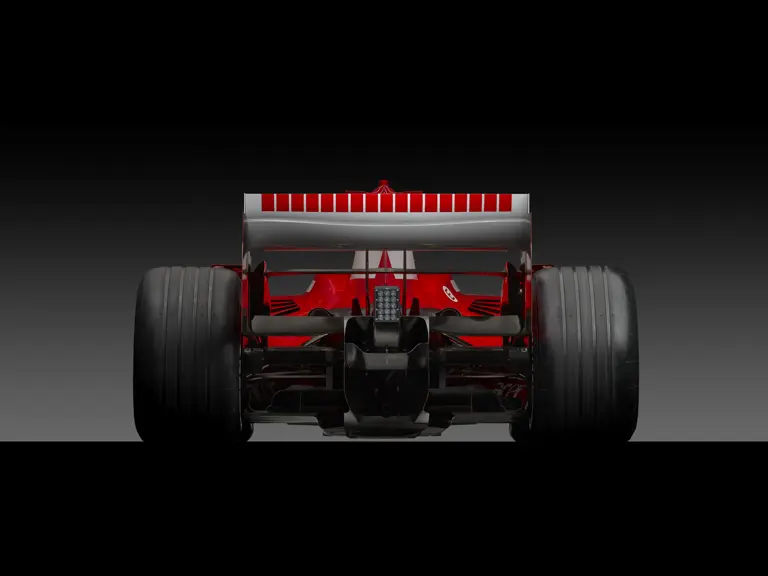

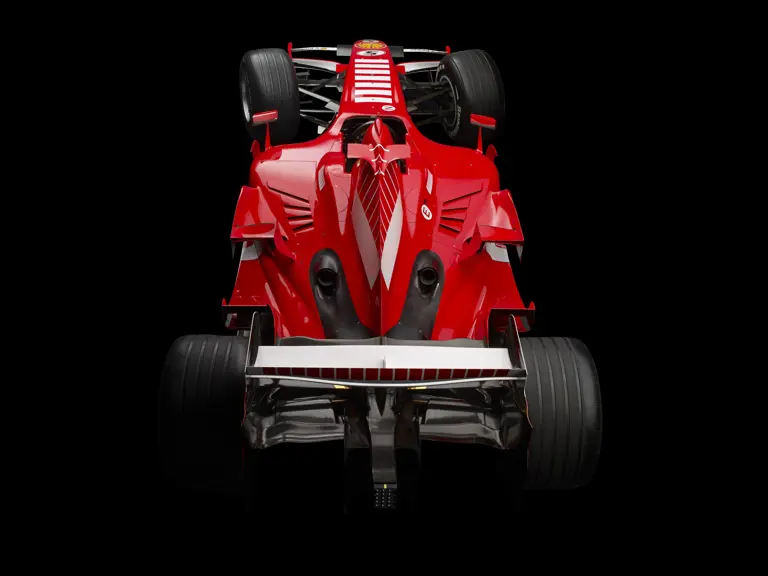
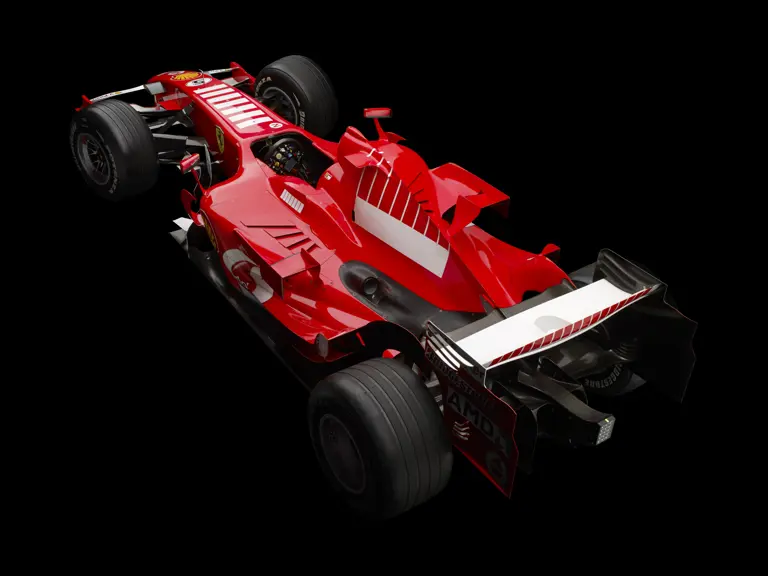

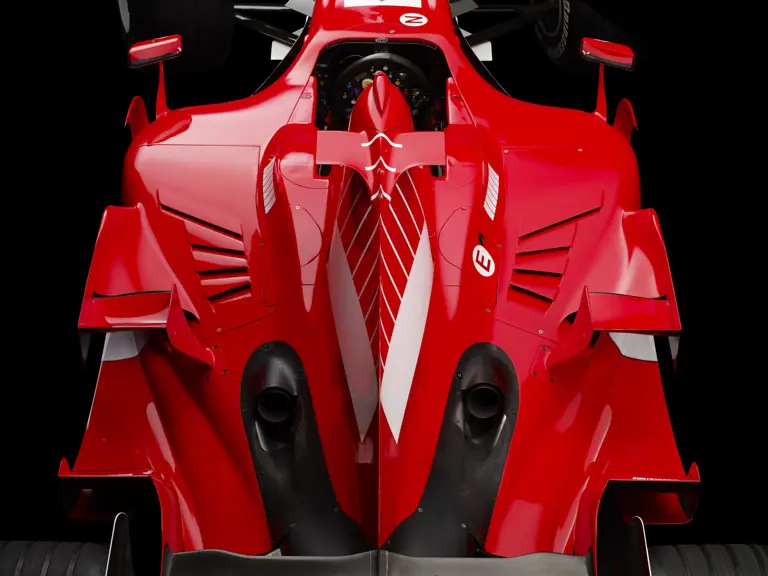
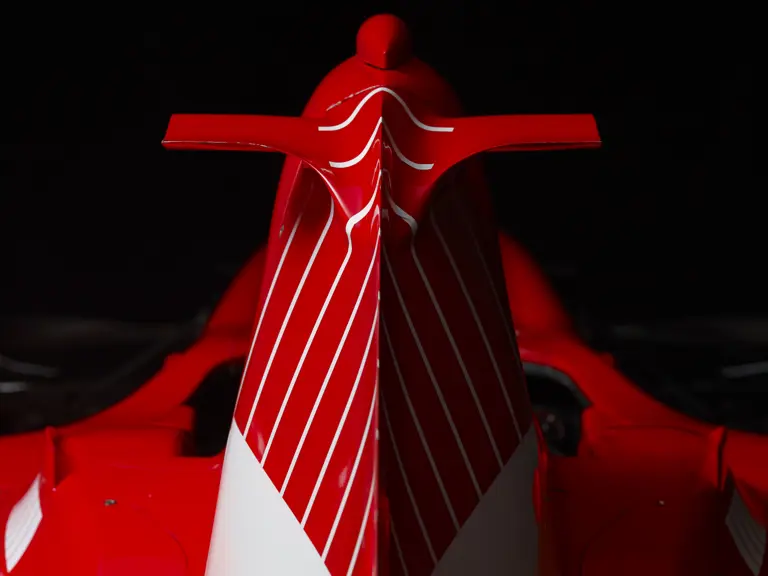



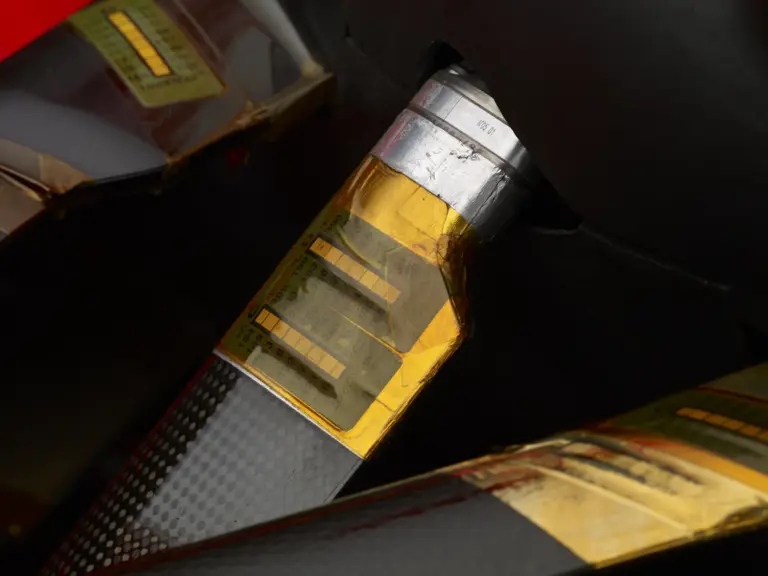
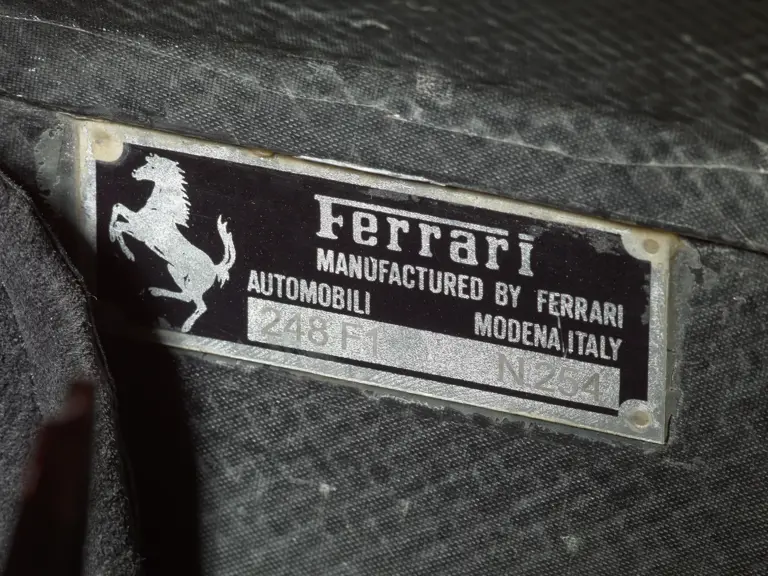


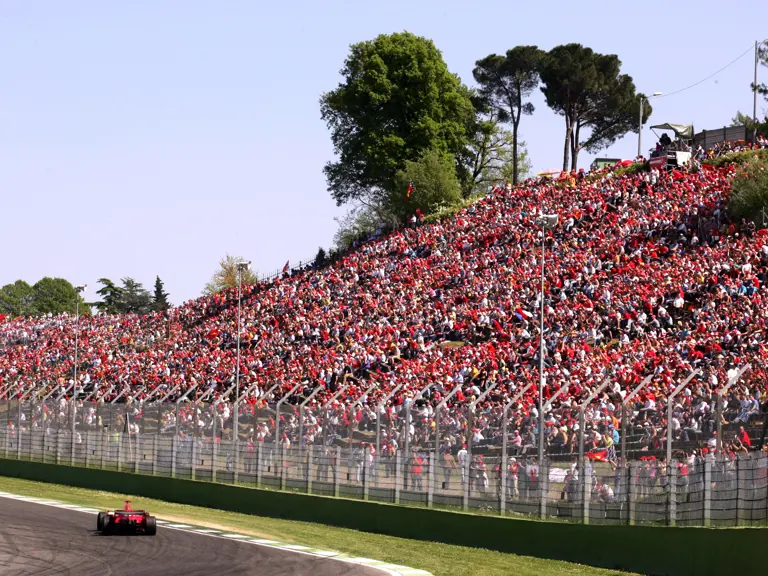
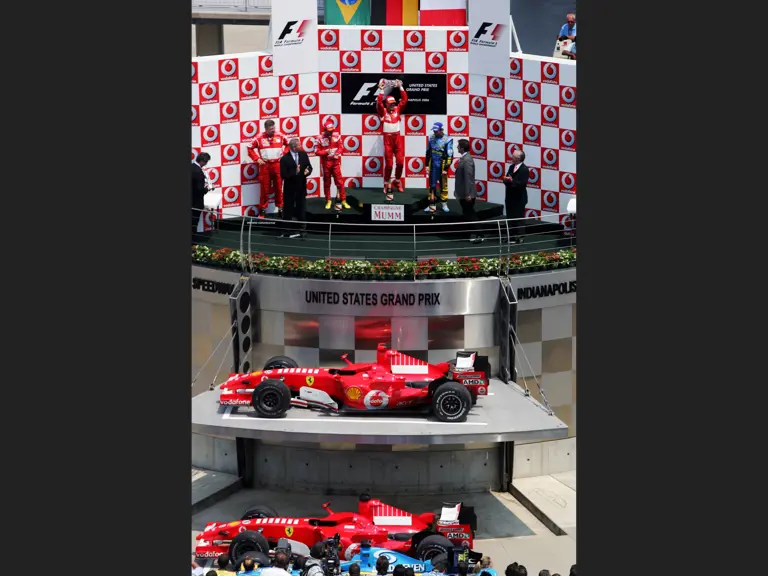
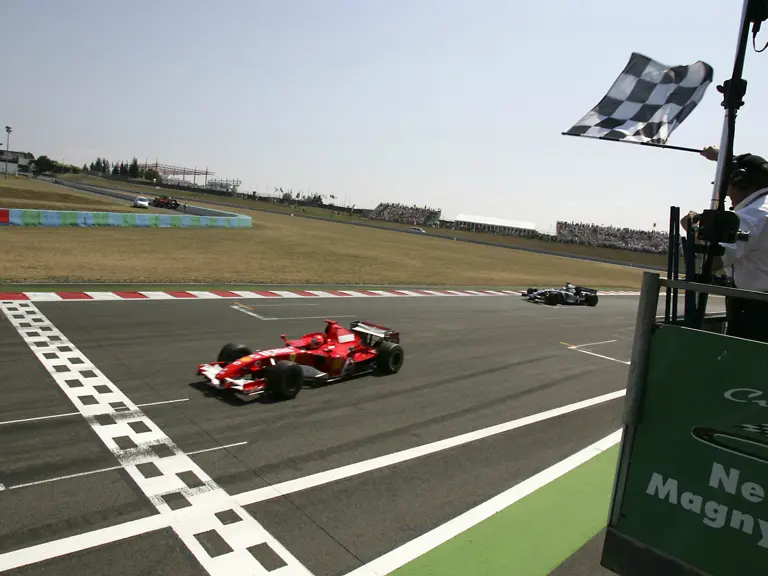
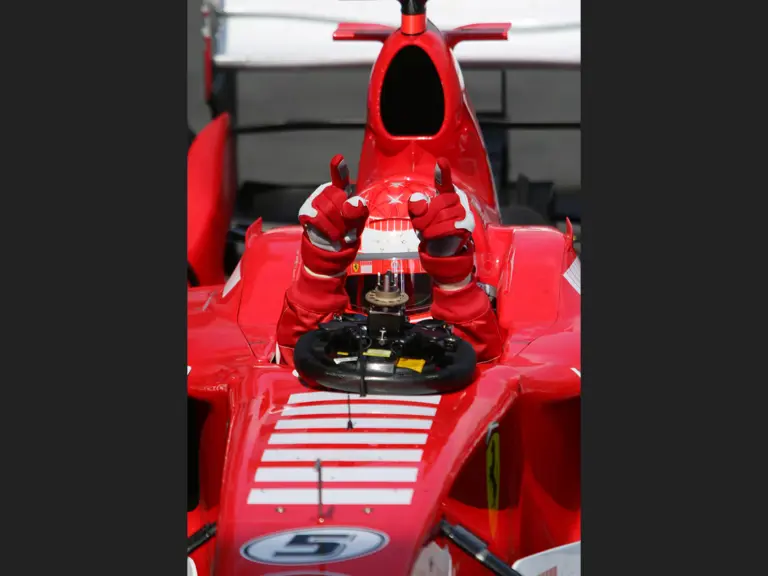


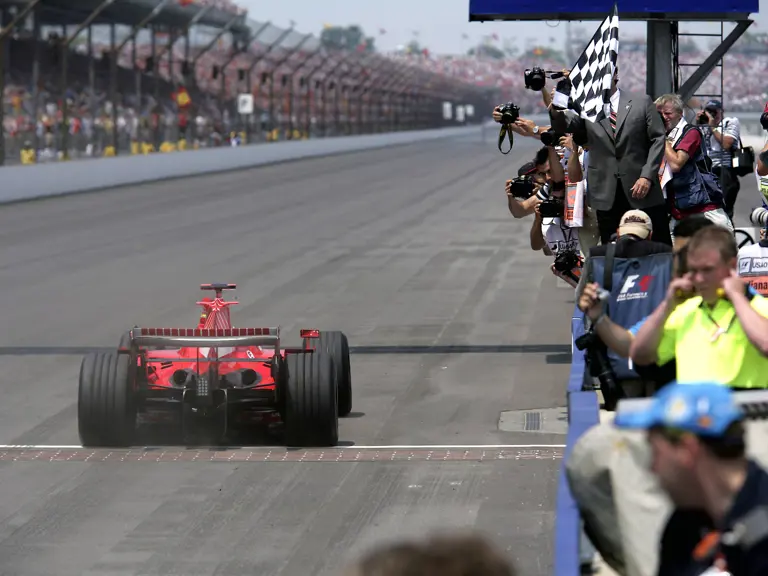

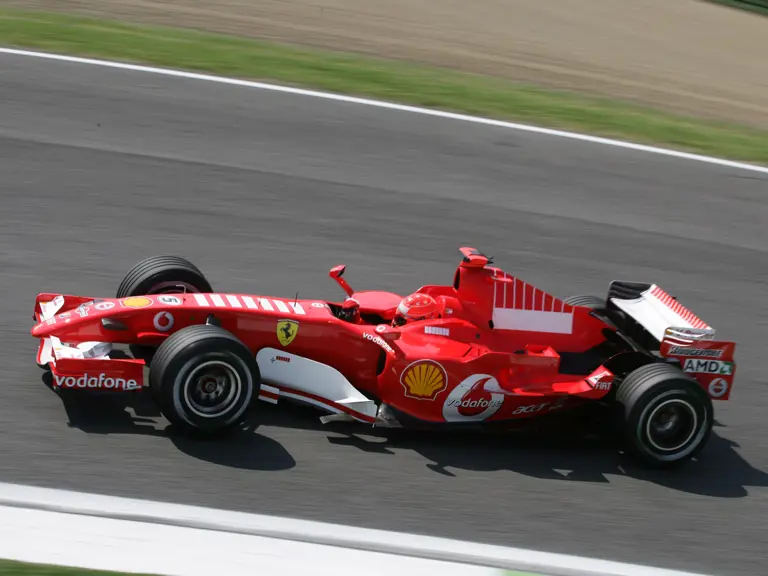
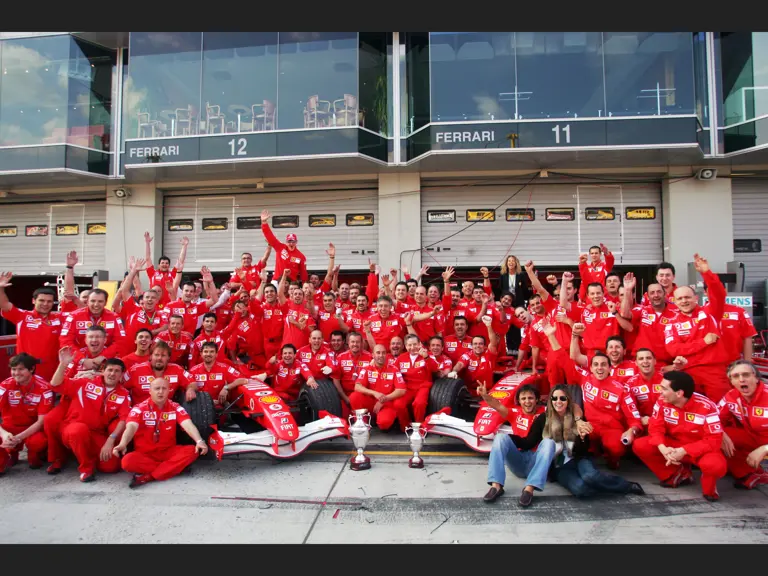
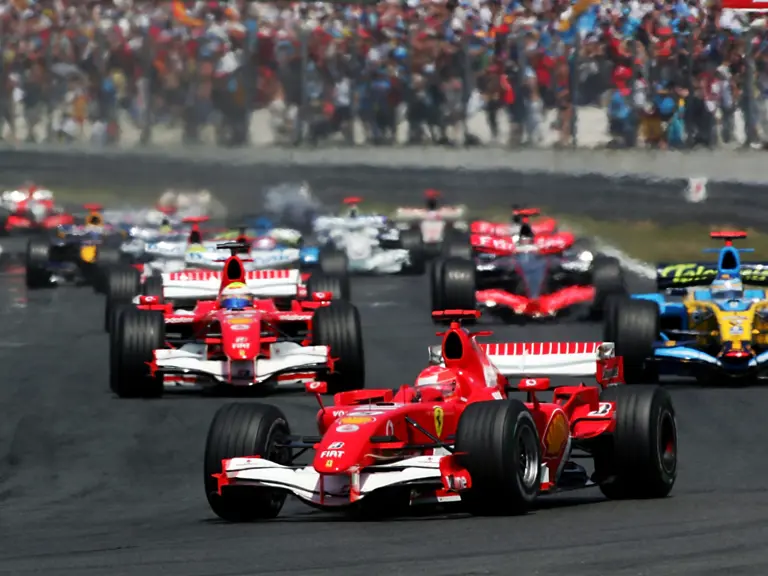
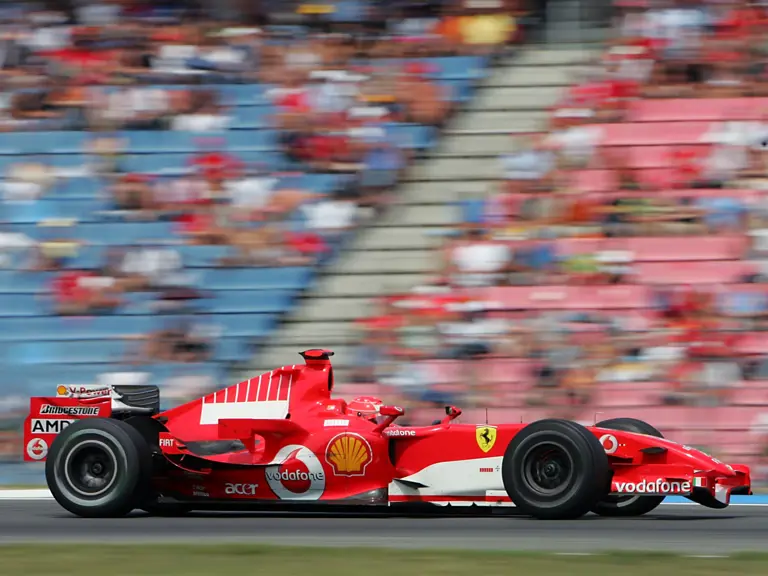
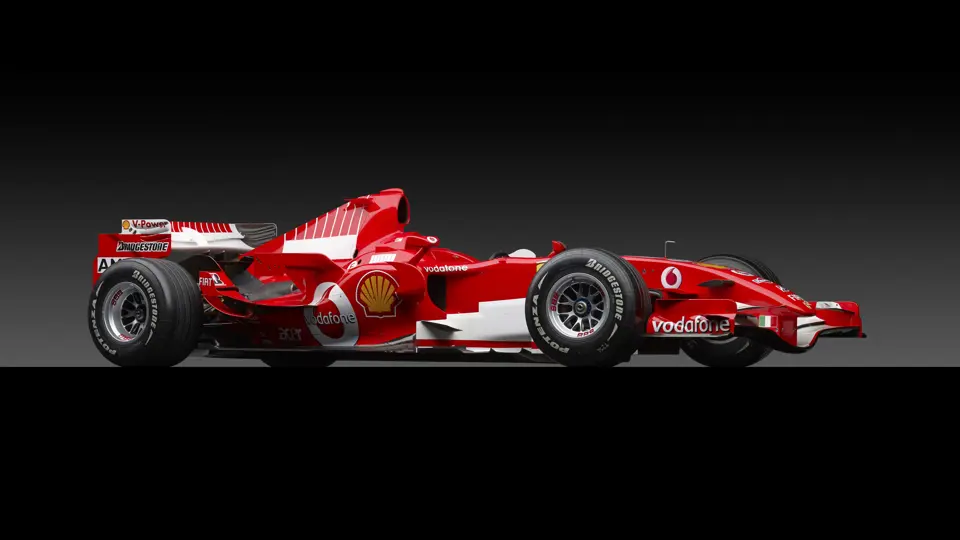
 | New York, New York
| New York, New York
